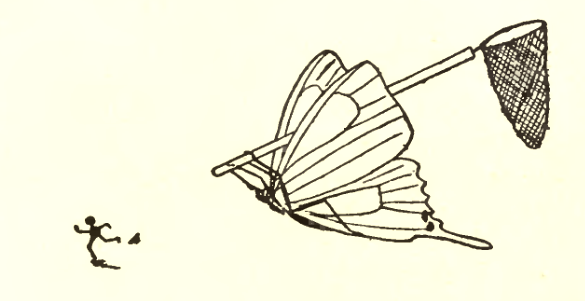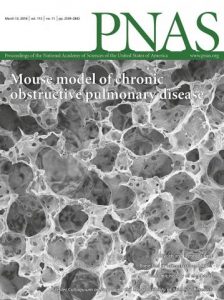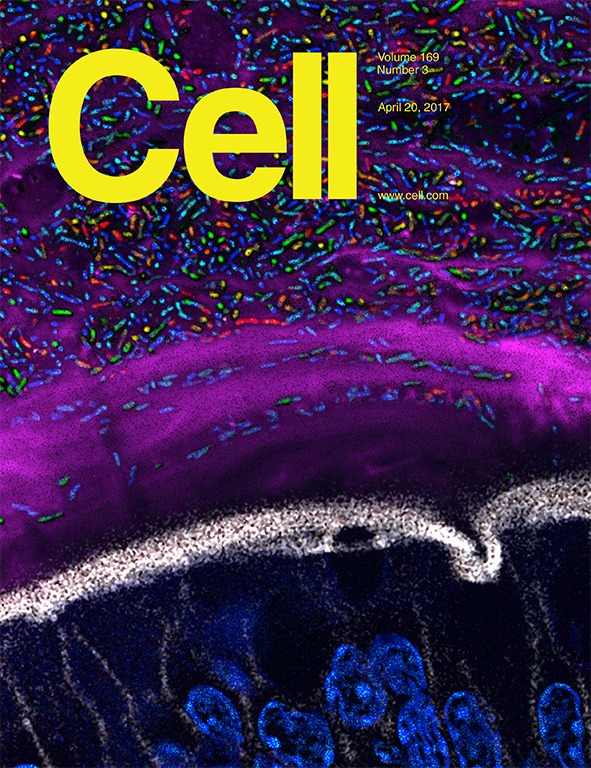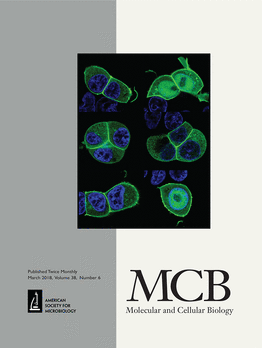 Title: AMPA receptor-mediated regulation of a Gi-protein in cortical neurons
Title: AMPA receptor-mediated regulation of a Gi-protein in cortical neurons
What Caught Our Attention: Usually, when journals publish corrections to articles, they also correct the original article, except when the original is unavailable online. When Nature noticed that some figure panels in a 20-year-old paper were duplicated, it flagged the issue for readers — but didn’t correct the online version of the original paper. According to the notice, the duplications don’t disturb the conclusion illustrated by the figure, the original data couldn’t be found, and the last two authors had retired. We contacted a spokesperson at Nature, who told us “the information at the start of the paper clearly links to the corrigendum.” Continue reading Caught Our Notice: Yes, a 20-year-old article is wrong — but it won’t be corrected online


 A former researcher at New York University falsified and/or fabricated data in multiple papers and grant applications,
A former researcher at New York University falsified and/or fabricated data in multiple papers and grant applications,  After being “blindsided” a few months ago when she was told one of her 2005 papers was going to be retracted, a researcher scrambled to get information about why. And when she didn’t like the answers, she took to PubPeer.
After being “blindsided” a few months ago when she was told one of her 2005 papers was going to be retracted, a researcher scrambled to get information about why. And when she didn’t like the answers, she took to PubPeer. A researcher who is
A researcher who is 
